Royal Ontario Museum Blog
Monthly Archive: December
The Rules of Taxonomy: How Species Are Named
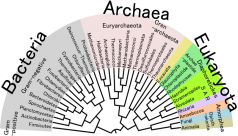
Why should ROM curators care about a proposal to create an organization that would make rules for how species of living things are named?
When Things Go Wrong for Right Whales
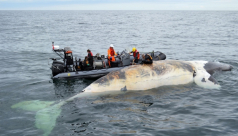
Guest blog written by Environmental Visual Communication student Viridiana Jimenez
The death of seventeen right whales in 2017 represents a loss of over 3% of the population. The significance of this loss has sent the scientific community into a panic. Their deaths were primarily caused by ship collisions or entanglements with fishing gear. As frequent visitors to the Gulf of St. Lawrence, we must now work together to save this species from extinction.
Presenting our Winners of the 2017 ROM Wildlife Photographer of the Year Contest
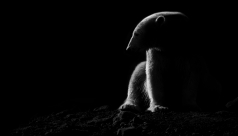
In celebration of the prestigious Wildlife Photographer of the Year exhibition, the Ontario-wide ROM Wildlife Photographer of the Year contest returned for its third year – with incredible prizes for both adult and youth categories!
When Whaling is Your Tradition
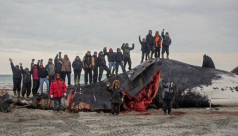
Guest blog written by Environmental Visual Communication student Ursula McClintock
In some Indigenous communities around the world, whaling is as much a part of their tradition as my family’s turkey dinner at Thanksgiving and Christmas. Whale hunting has played an integral role in feeding Inuit communities for millennia. Bowhead whales, among many other species of whales, were hunted to near extinction at the turn of the 20th century. Yet more often than not, Indigenous communities are cast in the same light as the commercial groups that are responsible for the near collapse of populations of these iconic marine animals.
Trees for Life in Lakefield
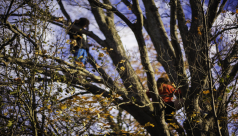
Guest blog written by Environmental Visual Communication student Fenella Hood
When Rebecca Rose left her home in Leslieville and moved her three young children to the quaint village of Lakefield, she felt secure in the belief that she was improving their lot in life. Then one day a notice was slipped through her door from the Township of Selwyn announcing her next-door neighbour's severance application to build a second house and increase his selling power. His small corner lot boasts a stand of seven mature trees that will need to be cut down to make room for the build. “It felt like being kicked in the stomach. I don't want those trees to die, and I don't want to tell my kids.”
The life cycle of a new fossil: Meet the ancient cousin of the earthworm
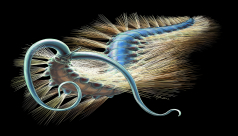
By Karma Nanglu
Make Plastic Reduction Part of Your 2018 New Year's Resolutions
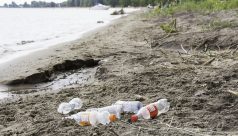
Guest blog written by 2017 Environmental Visual Communication student Cristina Bergman
Every year, 10,000 tonnes of plastic enters the Great Lakes. Imagine 55 jumbo jets of plastic crash landing in the lakes each year. In this province alone, 3 billion plastic bottles are sold annually, but only half are recycled. The other 1.5 billion bottles end up in landfills or littering the environment. As the only province that borders the Great Lakes, Ontario has an obligation to protect this vast, irreplaceable resource. But is the province stepping up?
Habelia, a fossil predator with a “multi-tool” head
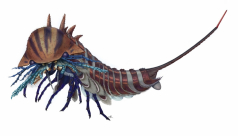
The Cambrian Burgess Shale arthropod Habelia optata illustrates the uncanny origin of horseshoe crabs, scorpions and spiders
Canada 150 - Saskatchewan, Alberta, British Columbia - table, crock and plate
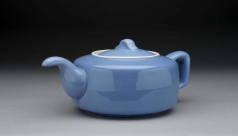
Continuing my geographically rooted exploration of the Canadian Decorative Arts Collection, as the year of the dubious Canada 150 draws to a close, I come to the West, and am going to highlight some objects from our collection here from each of Saskatchewan, Alberta and British Columbia all in one post.
There’s bones in them there hills: Fossil Finding in the Badlands

written by: Mary Paquet, Intern, ROM Paleontology
How do you go about finding a dinosaur? It’s the best kind of treasure hunt. The thrill, the satisfaction, the excitement of finding a fossil is something not everyone gets to experience.
